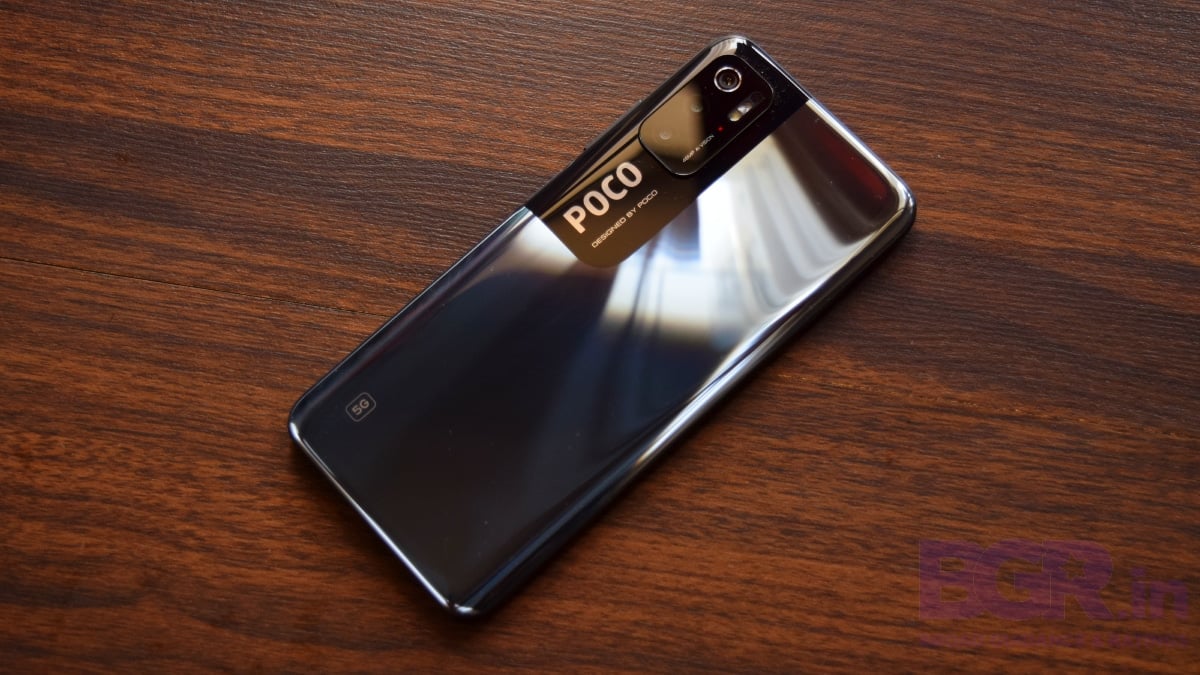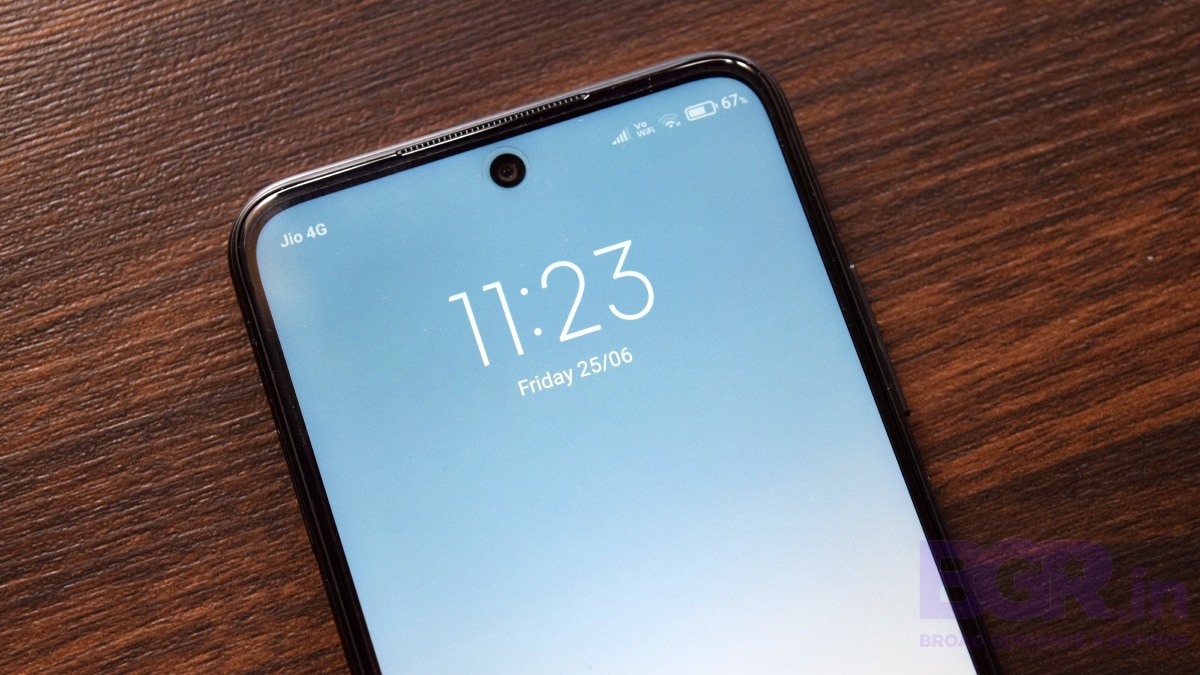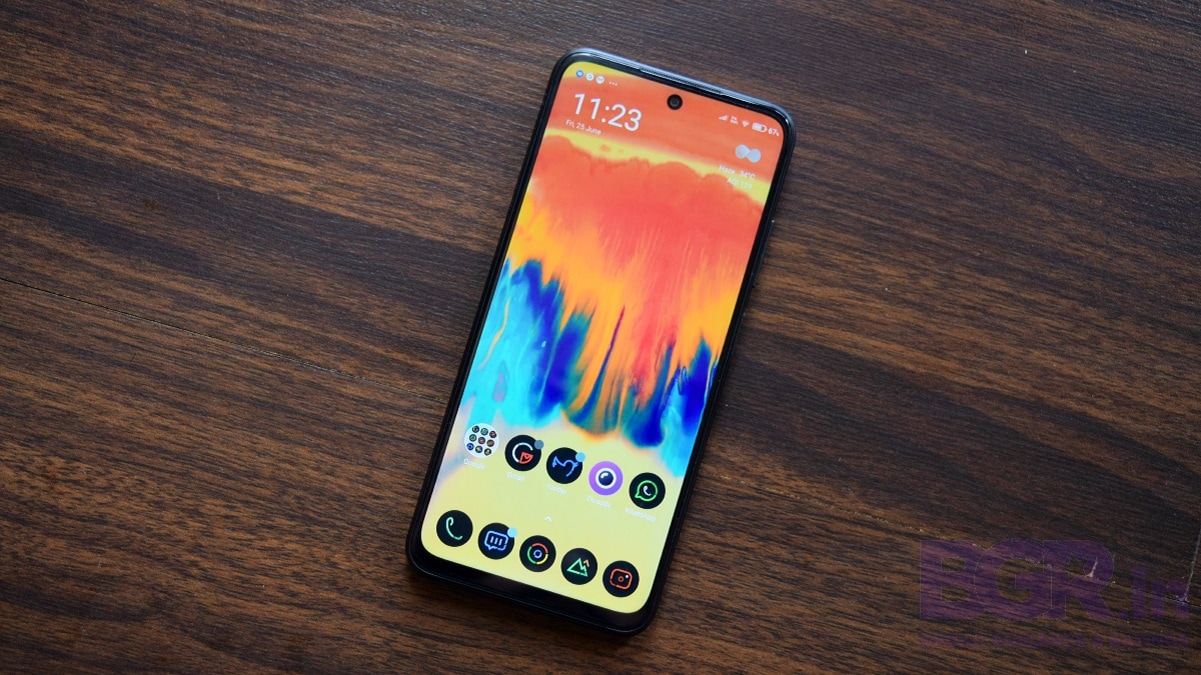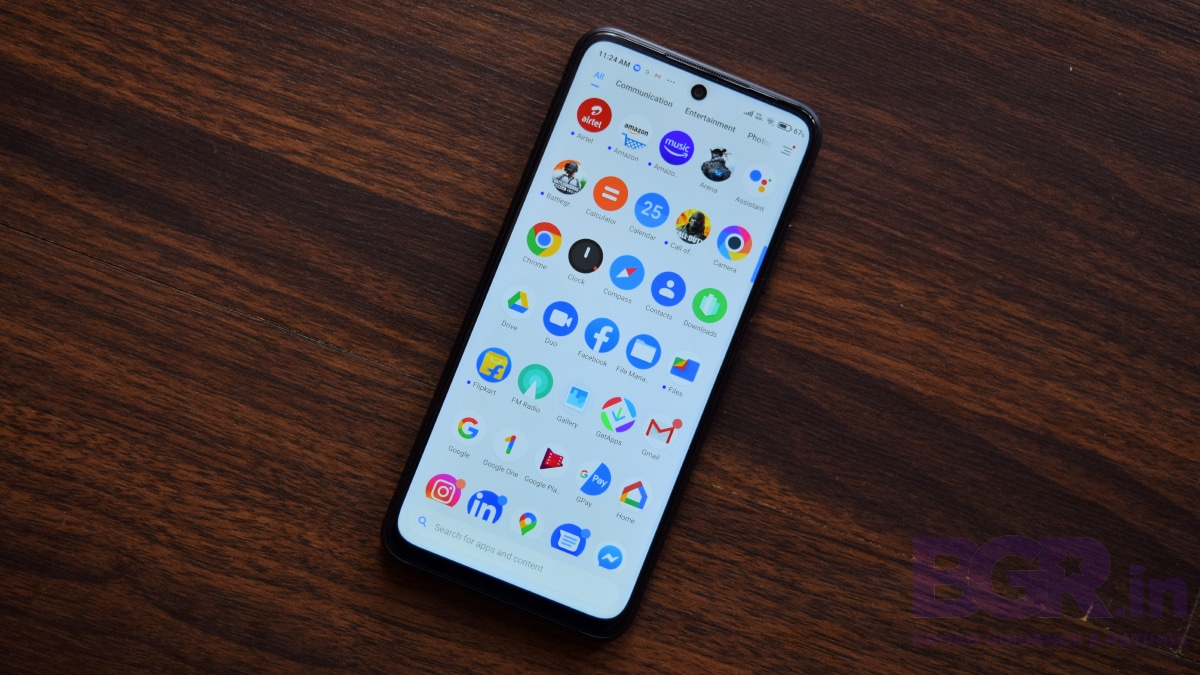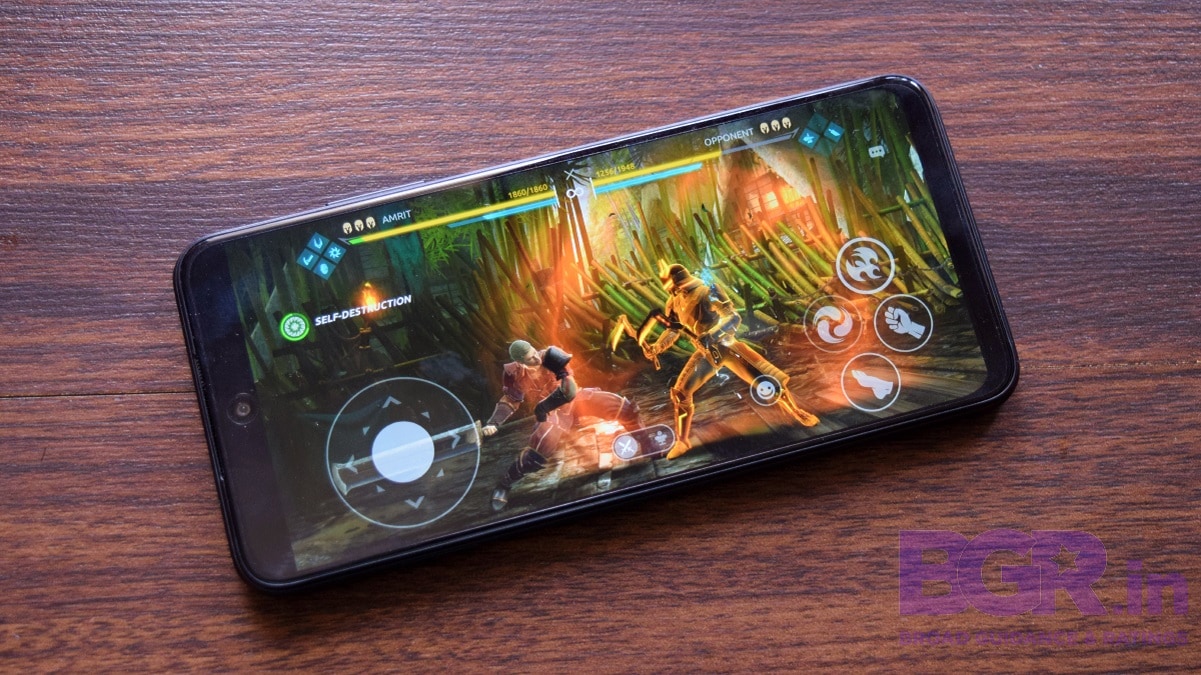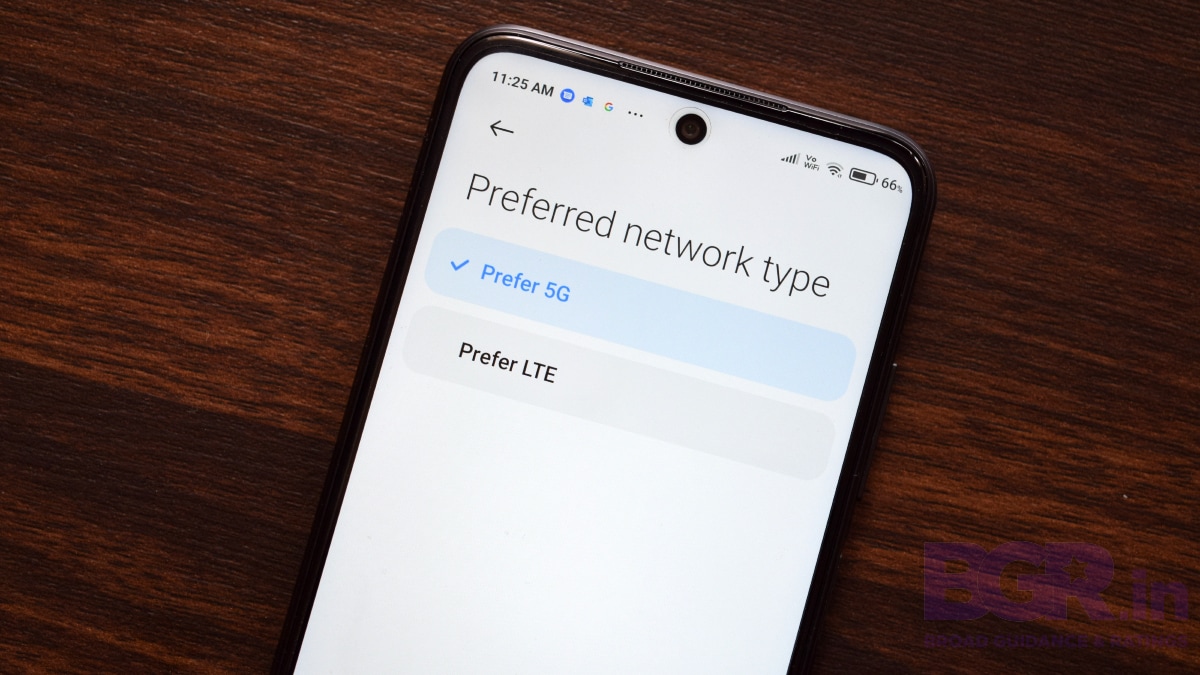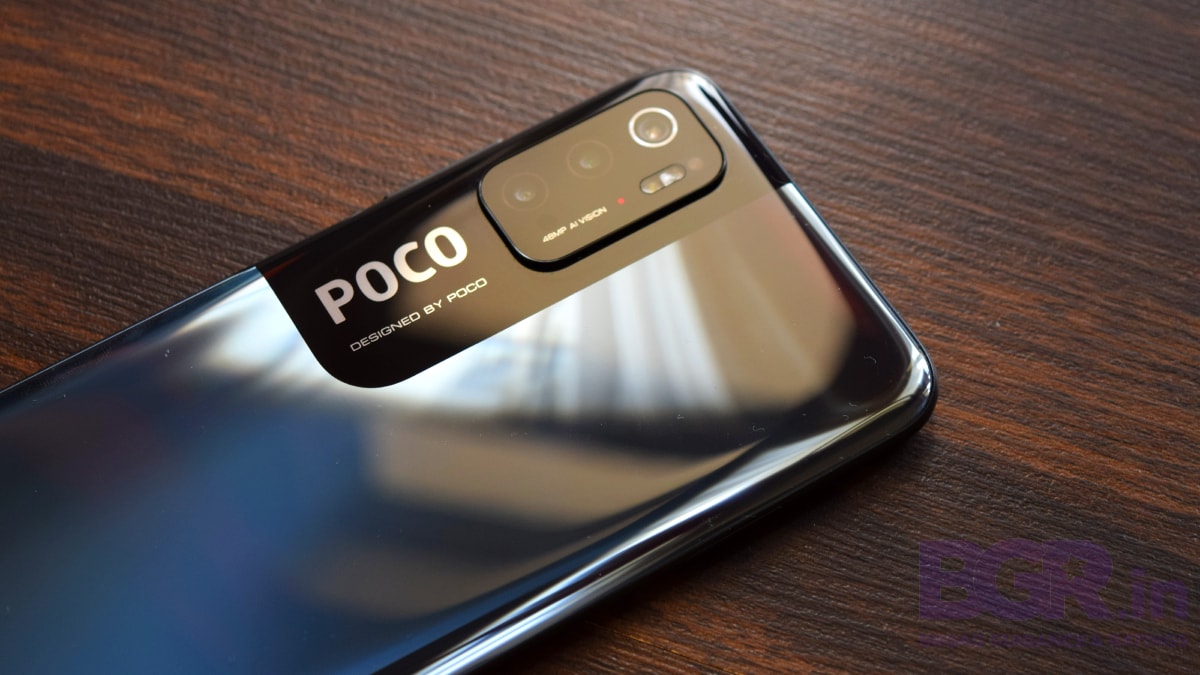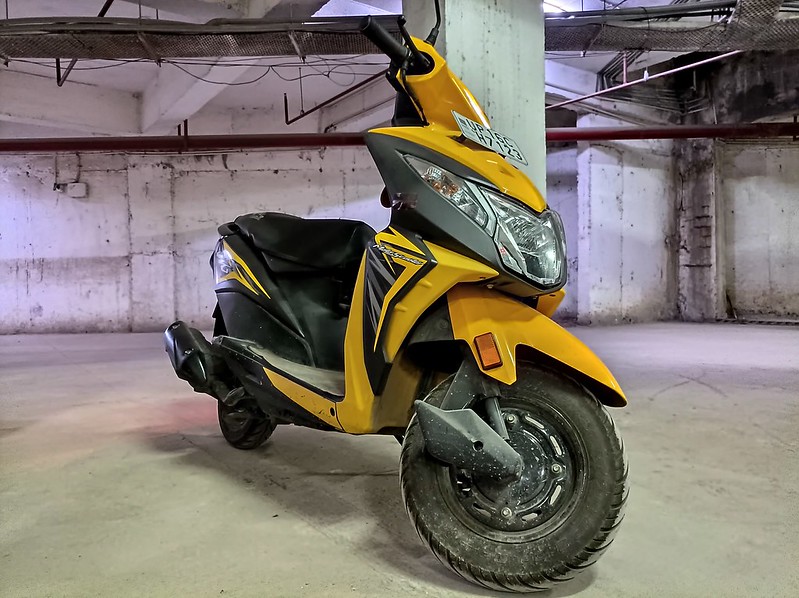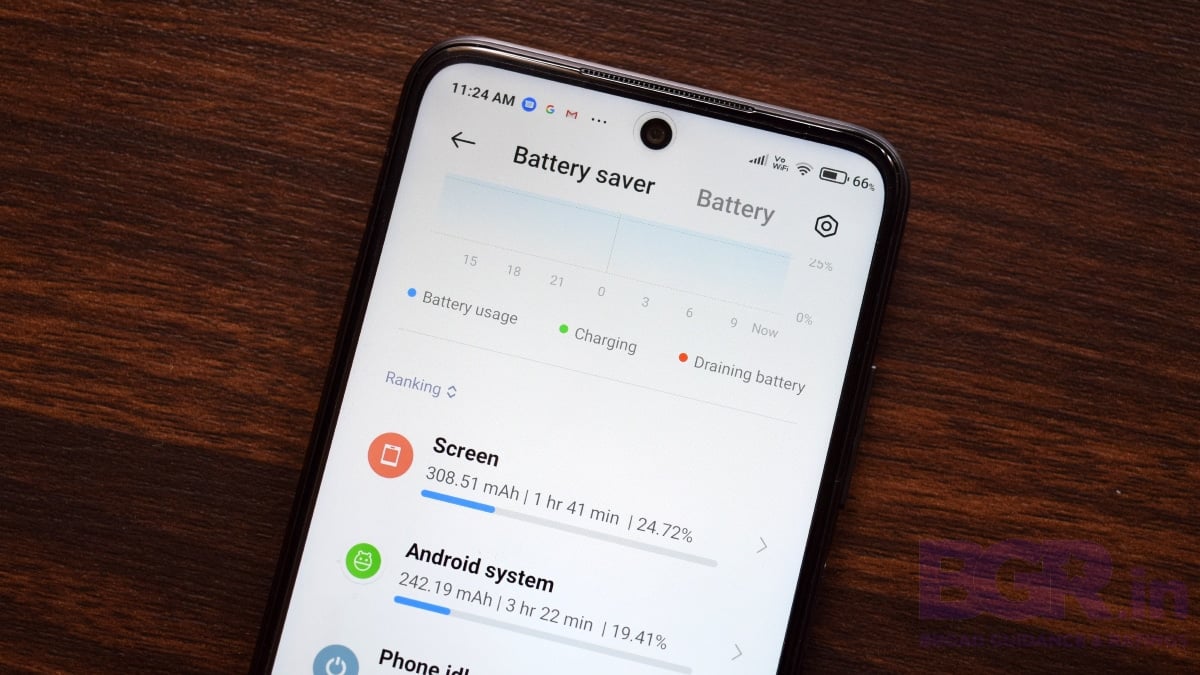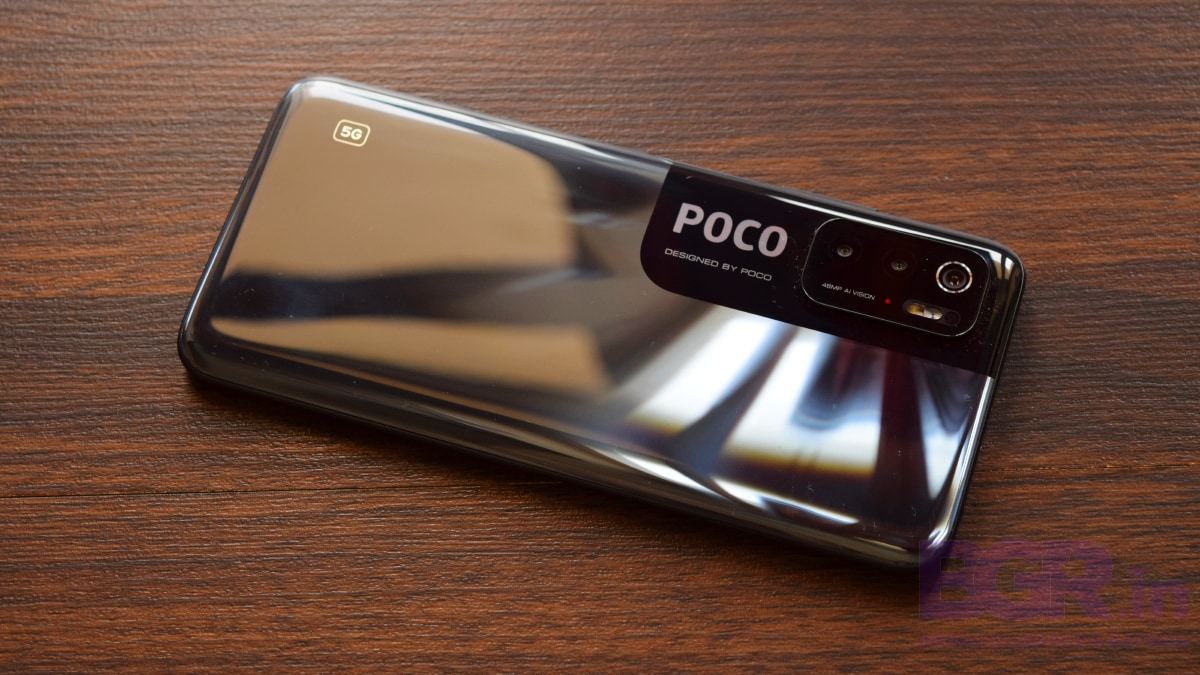How badly do you need 5G? If your answer contains words like “very” or “impatiently”, Poco would like to shove the M3 Pro in your face. Starting at Rs 13,999, the Poco M3 Pro trades blows with the Realme 8 5G to take the mantle for the most affordable 5G smartphone in India. And on paper, Poco isn’t leaving out much in order to achieve that price.
Then there’s the design. The Poco M3 Pro 5G is also the most radical-looking thing you can buy for less than Rs 15,000 at the moment. Whether you grab the striking yellow colour variant or the reflective black variant, this phone is surely going to turn heads (unless you put it in a case). However, is 5G and an eye-popping design enough to make the Poco M3 Pro a commendable alternative to the 4G all-rounders at this price?
I have been using a Power Black Poco M3 Pro for the last 10 days and have stumbled upon some interesting findings.
| Features | Poco M3 Pro 5G |
|---|---|
| Price | Starts from Rs 13,999 |
| Chipset | MediaTek Dimensity 700 |
| OS | MIUI 12 on Android 11 |
| Display | 6.5-inch Full HD+ IPS LCD 90Hz refresh rate |
| Internal Memory | Up to 128GB, expandable |
| Rear Camera | 48MP + 2MP + 2MP |
| Front Camera | 8MP |
| Battery | 5000mAh |
Design
It is safe to say that the Poco M3 Pro in the right shades (read Poco Yellow) has the ability to seek attention from spacewalking astronauts at the ISS. The Power Black version I have won’t do that but in a market full of masked onlookers, it can make its presence felt under the sun, provided you haven’t smudged it. Yeah, glossy plastic with dark colours welcomes smudges and grime like Jaya Bacchan waiting for Shah Rukh Khan with “aarti thaali”.
Pardon for the over-dramatic exaggeration but it is genuinely difficult to keep the Poco M3 Pro clean even after you wash your hands. Moreover, the glossy plastic is susceptible to scratches, which means you need to put a case on it. Also, at 190 grams, Poco hasn’t shaved off much weight with that plastic unibody shell. The build quality, however, is great. The power and volume buttons are tactile (something Motorola needs to learn).
The front resembles the Redmi Note 9 Pro with its slim bezels and a disproportionate chin. No antique waterdrop notch here. Kudos to Poco for pre-applying a plastic screen protector, despite baking Gorilla Glass protection.
On the whole, the Poco M3 Pro looks flamboyant with its unique Jack Sparrow-esque patch around the rear cameras and its tasteful colour choices. Just keep your hands clean if you get it in the darker shades.
Display
5G at such lowly prices means compromises and a big one can be seen with the display. The M3 Pro features an IPS LCD display with Full HD+ resolution and a variable refresh rate system that goes up to 90Hz. Sounds good on paper, right? For most buyers, it would seem nice in person initially. However, the LCD display isn’t the most vibrant one I have seen in a smartphone around this price. Pictures and videos look nice but they lack the vibrant colours you can witness on a Moto G40 Fusion’s display.
The 90Hz variable refresh rate adapts smartly to games and video watching apps. Touch responsiveness is good too with the 180Hz sampling rate. Hence, gaming on this display is fine; as long as you don’t encounter the erratic auto-brightness sensor dimming the display if you sit against a tube light source. Go outdoors in the day and the display huffs and puffs to keep screen contents visible.
Performance
Performance is the game of the Poco M3 Pro and with the MediaTek Dimensity 700 onboard, this phone has enough grunt to keep up with a Redmi Note 10 Pro. That means you get the same average midrange performance as other Redmi and Realme phones, only with support for 5G. With 6GB of RAM on my unit, the Poco M3 Pro never faltered in delivering as per expectations.
Despite running a heavy and inefficient MIUI 12, the Dimensity 700 puts up a good show. Daily performance is smooth, with no absurd waiting times for apps to load, or annoying jitters while scrolling around. Like any normal person, I juggled between calls, WhatsApp, social media browsing, emails, and light gaming on the busiest of days; and this Poco did not give up.
Like most young gamers, I spent my weekends and weeknights on Battlegrounds Mobile India (yeah, finally), Call of Duty: Mobile and Shadow Arena 4. On my usually one-hour game sessions, the Poco M3 Pro hasn’t heated up or dropped frames. Games like BGMI and COD Mobile have to be kept in Medium graphics with High frame rates. Shadow Arena 4 ran at Ultra with no excuses. The gaming performance is on par with the competition.
The user interface is the same old MIUI that we have grown accustomed to over the years: lots of visual charm with hundreds of customization options for tweaking. Being a Poco device, you get the Poco Launcher on top, which enables the app drawer by default. Poco’s default icon pack and wallpapers aren’t to my liking but in a matter of minutes, I was able to change it to my liking.
I did not notice system ads within the interface, which is a relief for a budget Xiaomi-based smartphone. Another relief is the presence of Android 11 with the May security patch but Poco hasn’t clarified its plans for future updates. The performance optimization of MIUI 12 on this phone is good and I am eager to see what improvements the MIUI 12.5 update brings to the table.
Then there’s the matter of 5G. With no 5G networks to test around, this is just a name tag on the packaging box and a useless option within Network Settings. However, when 5G comes around, the Poco M3 Pro users can breathe some relief as supported 5G bands include the n1, n3, n40, n77, and n78 (SA and NSA) bands. That’s more than what a Rs 50,000 OnePlus 9 supports (cue the meme music).
Network performance is decent, although I witnessed frequent call drops on Jio’s 4G VoLTE network in my area. With carrier aggregation, the phone was able to deliver decent network performance. The loudspeaker volume isn’t loud enough for holding comfortable hands-free calls in a silent room with a running ceiling fan and earphones are the only alternate solution.
Cameras
Big numbers here but sub-par outcomes. The cameras are the weakest part of the Poco M3 Pro, which puts it at a disadvantage against the likes of Redmi Note 10, Moto G40 Fusion, and Redmi Note 10S. This phone has just one useable camera while the others are terrible placeholders that no photographer would dare to use.
The main 48-megapixel camera just about manages to hold itself in daylight. For an affordable sub-Rs 15,000 smartphone, the main camera is good enough to capture landscapes and close portraits. Compared to the Redmi Note 10, photos appear to have washed-out colours and improper exposure management. With low light levels (evenings and cloudy days), photos start to lose details, gain grains and struggle with exposures. For example, the sunset photo holds unrealistic colours and blurred out trees. Engaging the Night mode only brings in the halo effect with off colours and over-sharpening.
At night, the main camera in auto mode is out of its capabilities and it’s the Night mode that helps it get decent results. You won’t get exceptional details but the results end up being something you can use on social media. The portrait mode makes good use of the depth sensor to render sharp subject separation. However, it brightens up the background too much and overexposes the subject.
The 2-megapixel macro camera is useable as long as your main source of light is the sun. Even then, the photo ends up looking soft and lacks the details you expect from a macro camera. The 5-megapixel macro shooters on the Redmi Note 10 Pro series have spoilt us highly.
The 8-megapixel selfie camera is just about enough to get the job done. It lacks the dynamic range previously seen on Redmi Note devices and struggles with exposures in challenging lighting. However, it redeems itself with the portrait mode results, churning out good subject separation and decent exposure management.
You can record up to 1080p videos at 30 fps on the Poco M3 Pro, which in an age of vlogging might put off budding creators. The video quality is sub-par, lacking in sharpness, colours, and messes up the exposures.
Battery
The 5000mAh battery on this phone can go up to day and a half with moderate usage (calling, browsing, texting, streaming music wirelessly, and occasional video calls), thanks to the variable refresh rate display and an optimized MIUI. However, if you game for almost an hour or watch YouTube videos, this becomes a single-day battery phone. The 18W charging adapter is slow to charge (close to 1.5 hours) and I wish Poco figured out a way to stuff the 33W fast charger from Xiaomi.
Verdict
For what it costs, the Poco M3 Pro 5G is a great achievement for the company and good news for consumers. You are getting a 5G smartphone with support for multiple 5G bands at Rs 14,000, which is a big deal in the pricey smartphone market of 2021. What sweetens the deal is the presence of a clever high refresh display, feature-rich user experience, and an eye-catchy design. If 5G was around, the Poco M3 Pro would be an unbeatable deal for the early adopters.
But there’s the catch: “had 5G been available”. With telecom operators only beginning to test 5G and the TRAI yet to allocate the spectrum, it seems that 5G is at least 3-4 years away from a commercial and practical rollout. Until then, it is the 4G phones that will continue to make sense. And by then, the 5G-supported Poco M3 Pro would be obsolete by all means.
With no 5G around, the compromises that this phone puts up make it seem insensible. A similar priced Moto G40 Fusion offers a better display experience, much better battery life, superior camera performance, and equally fast performance. From Xiaomi’s own stable, the Redmi Note 10 and Redmi Note 10S offer an even more vibrant AMOLED display, smartly tuned cameras, and an overall better value.
Hence, the Poco M3 Pro 5G, similar to the Realme 8 5G, is an insensible purchase right now. The compromises for 5G connectivity affect the daily user experience, especially with the cameras. This is a smartly packaged phone that’s too ahead of its time.

